Access easy-to-modify Answer Complaint Forms and easily manage them online. Our user-friendly platform makes it easy to modify, eSign, and distribute your documents with others.

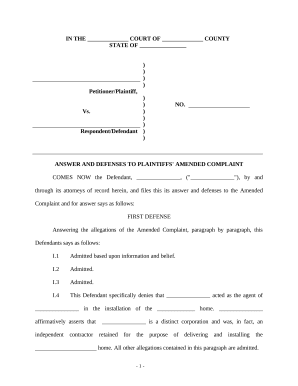

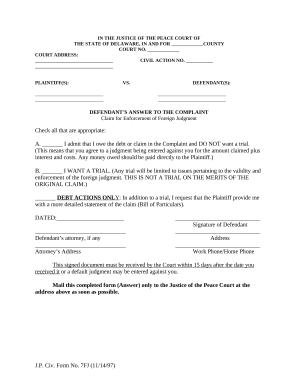

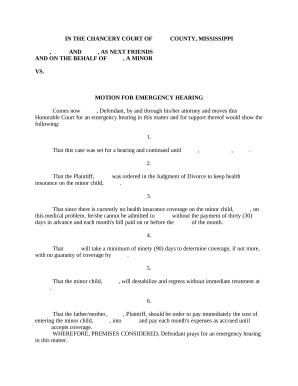
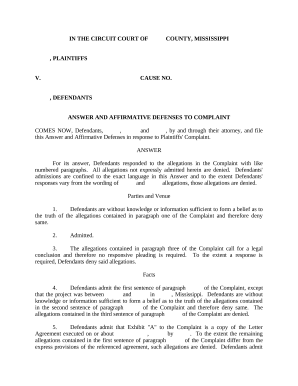
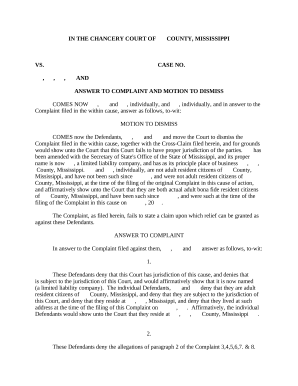
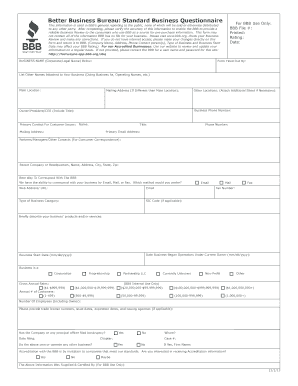
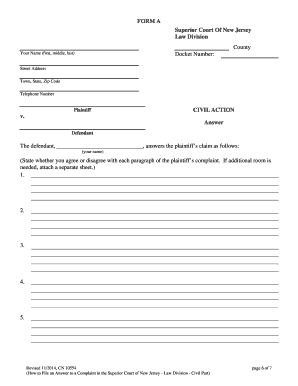
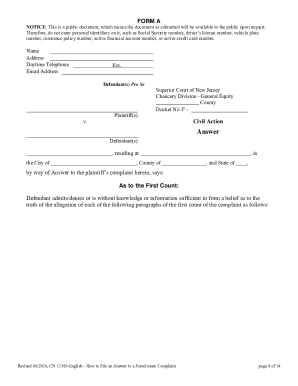
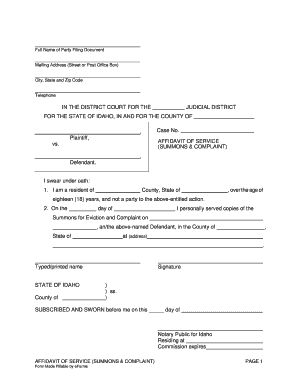
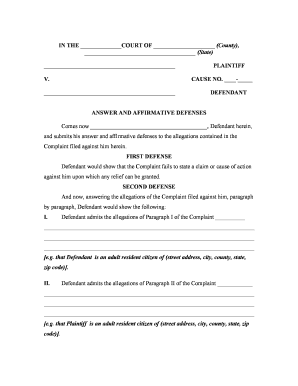
Papers administration occupies to half of your office hours. With DocHub, you can easily reclaim your time and boost your team's productivity. Get Answer Complaint Forms category and discover all templates relevant to your day-to-day workflows.
The best way to use Answer Complaint Forms:
Accelerate your day-to-day document administration using our Answer Complaint Forms. Get your free DocHub account right now to explore all forms.